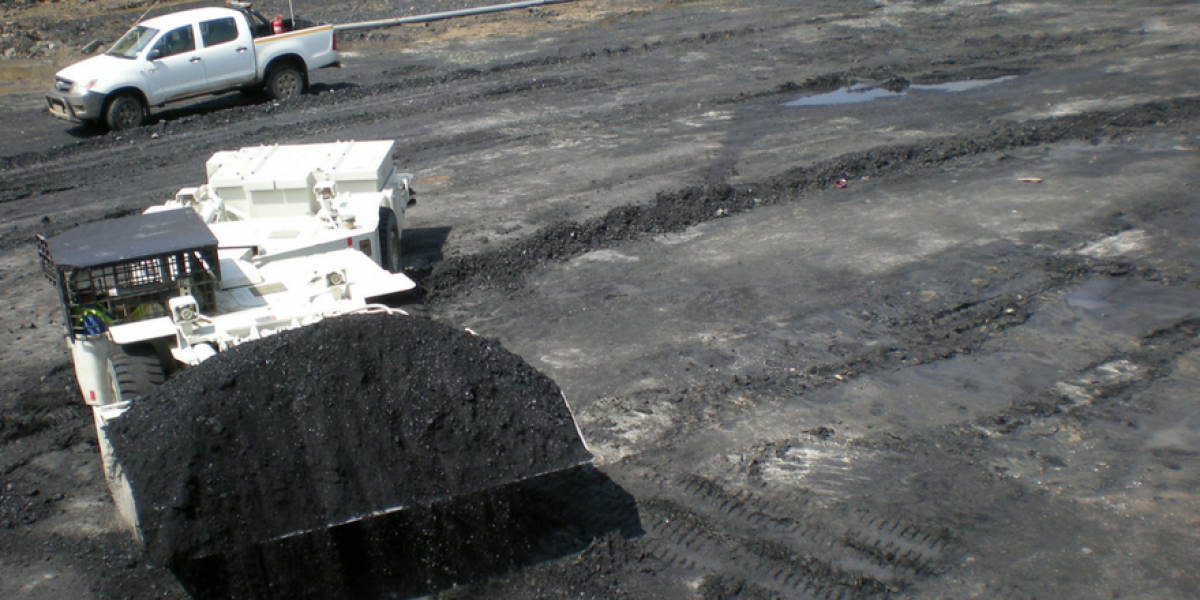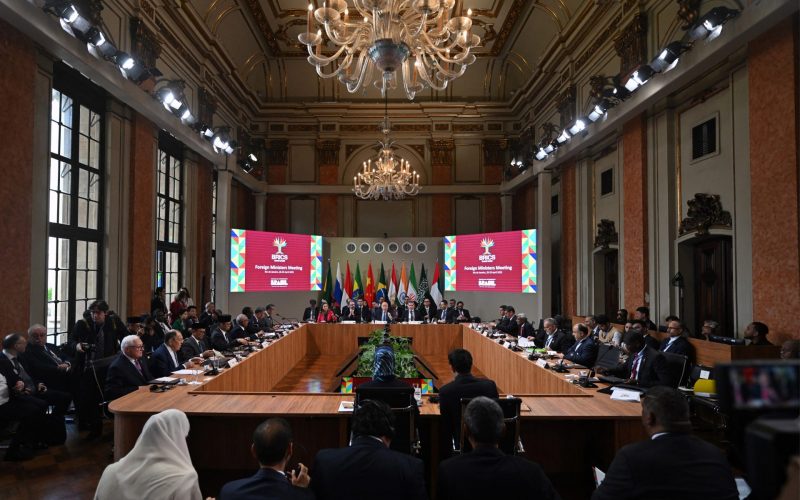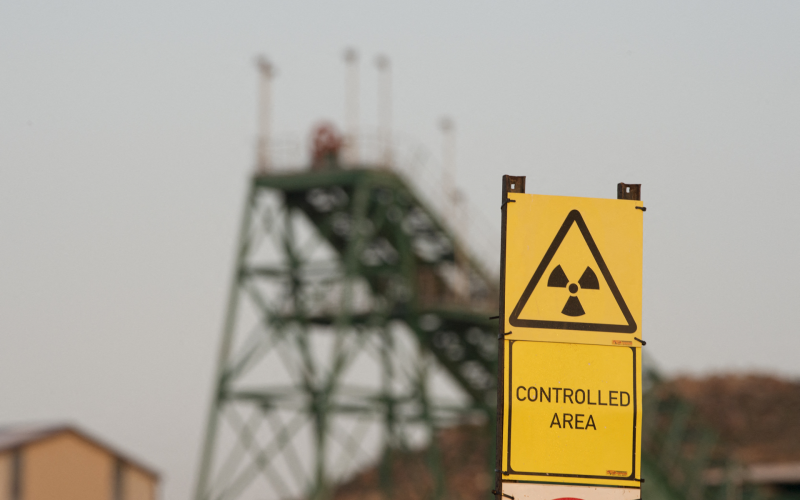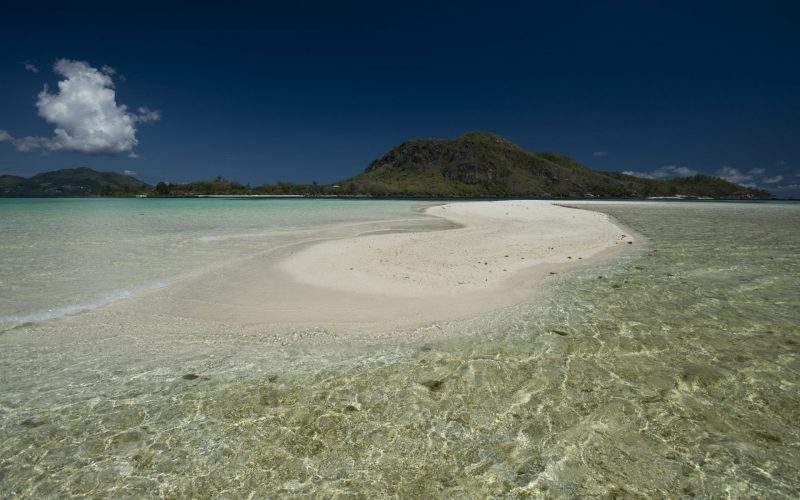Ethiopia is confronted by the challenges of a growing population and a diminishing natural resources base. The country’s economic growth has relied heavily on agriculture, but progress in this sector has been hampered by the lack of access to agricultural inputs like fertiliser. Ethiopia has devised a range of development strategies for meeting agricultural and energy needs through the extraction of coal resources. Exploiting the considerable coal deposits found in Ethiopia’s south-western Afromontane forests would produce coal phosphate fertiliser and electricity in the coming decades. However, the forests are sites of exceptional biodiversity. With these conflicting interests in an area of high biodiversity, Ethiopia now faces pressure from competing uses of forestland, forcing the government to identify ecologically and economically feasible approaches to reconcile biodiversity conservation and coal extraction.








